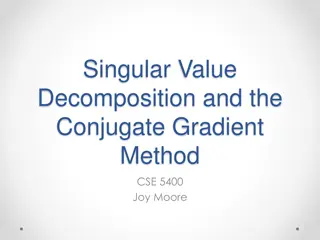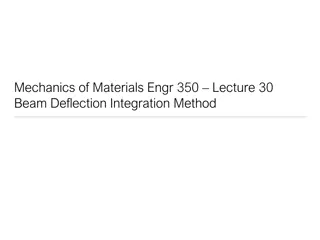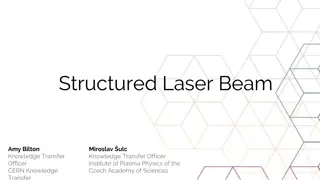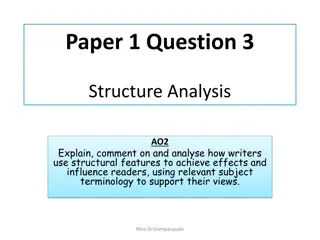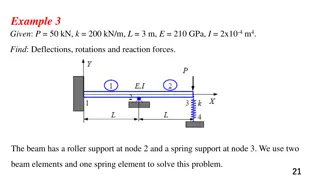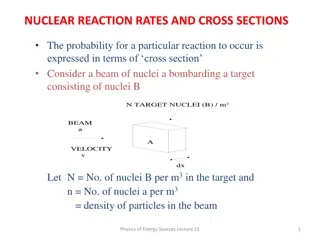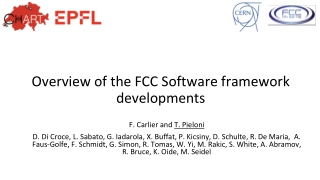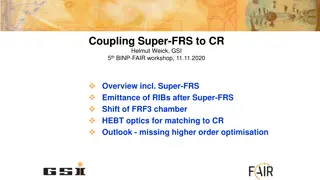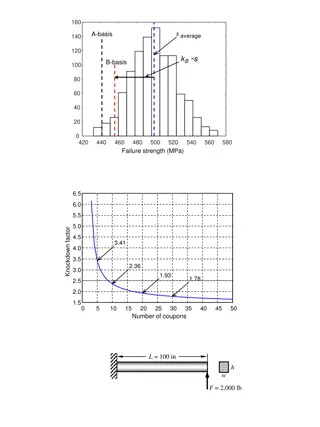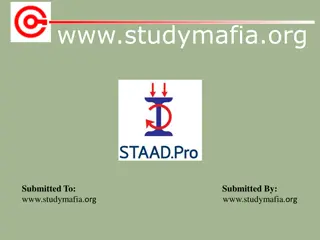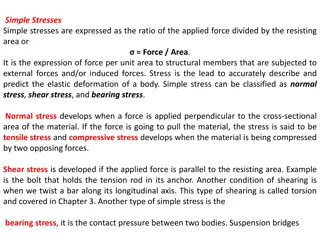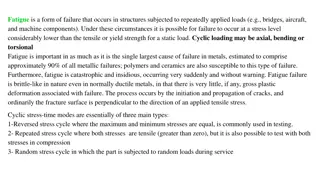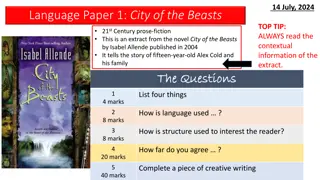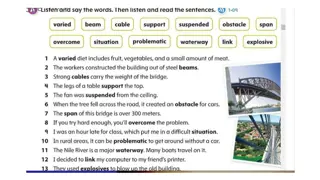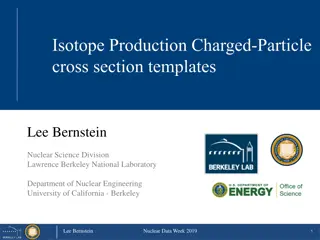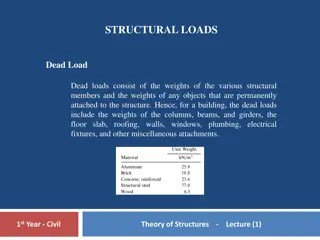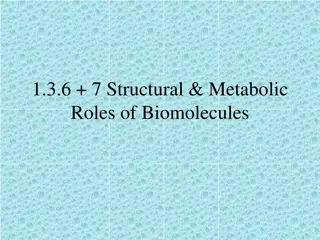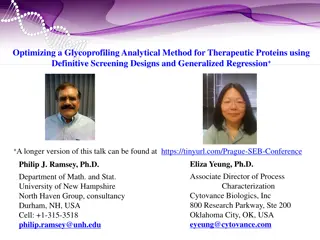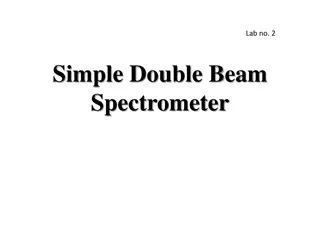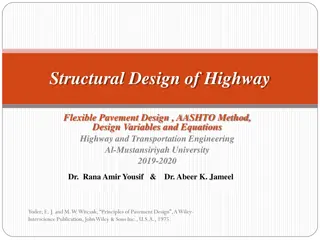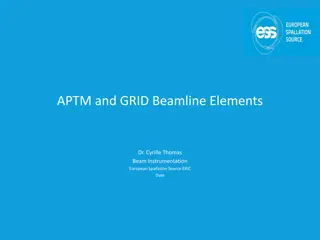Understanding the Conjugate Beam Method in Structural Analysis
The Conjugate Beam Method is a powerful technique in structural engineering, derived from moment-area theorems and statical procedures. By applying an equivalent load magnitude to the beam, the method allows for the analysis of deflections and rotations in a more straightforward manner. This article explores the theory behind the method, its application in determining shear and moment values, and provides a step-by-step procedure for using the Conjugate Beam Method in practical scenarios.
- Structural Analysis
- Conjugate Beam Method
- Moment-Area Theorems
- Deflection Analysis
- Structural Engineering
Download Presentation

Please find below an Image/Link to download the presentation.
The content on the website is provided AS IS for your information and personal use only. It may not be sold, licensed, or shared on other websites without obtaining consent from the author. Download presentation by click this link. If you encounter any issues during the download, it is possible that the publisher has removed the file from their server.
E N D
Presentation Transcript
THE CONJUGATE BEAM METHOD
The Conjugate Beam Method The conjugate beam is derived from the fact that similar relationships can be observed b/n the moment-area theorems and statical procedures
The Conjugate Beam Method Reformulating, we see that if the beam was loaded with the equivalent load magnitude of M/EI instead of w, the moment produced at any point due to this loading is equal to the deflection at that point in the beam due to the actual loading
The Conjugate Beam Method the shear produced at any point due to the M/EI loading is equal to the rotation at that point in the beam due to the actual loading
The Conjugate Beam Method The beam to which the M/EI diagram is applied to is called the conjugate beam. As a consequence of the two theorems from moment-area, supports and joints corresponding to the real beam shall have their appropriate counterparts in the conjugate beam equivalent, such that V(rotation) and M(deflection) values obtained in the conjugate beam reflect those present in the actual beam.
The Conjugate Beam Method Examples
The Conjugate Beam Method Procedure:- 1. Develop the bending moment diagram of the beam from static analysis. 2. Draw the M/EI diagram for the beam, using respective values at different parts of the beam. 3. Draw the Conjugate beam and load it with the real beam s M/EI diagram. The loading always acts away from the beam. (upward if M/EI is positive and downward if negative)


